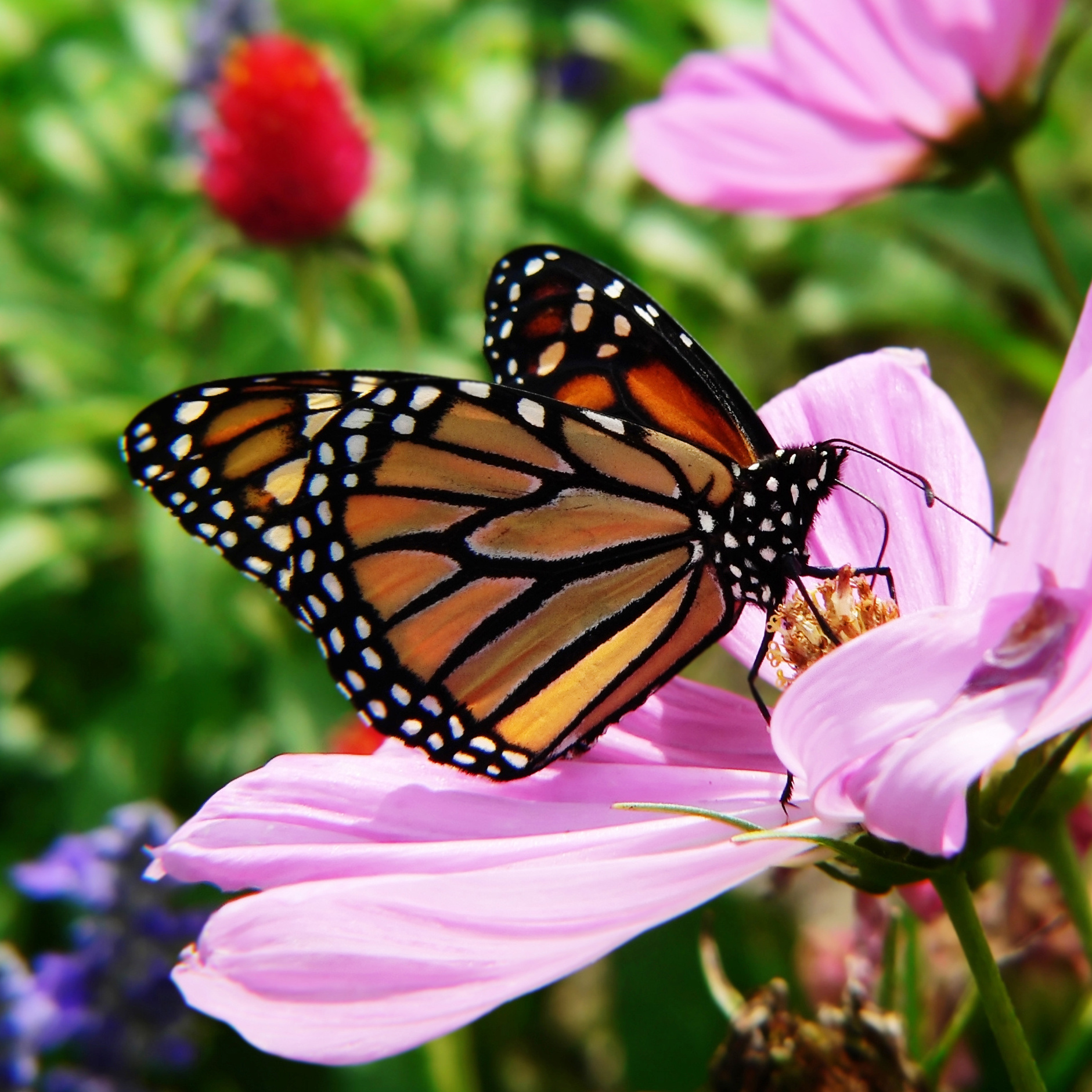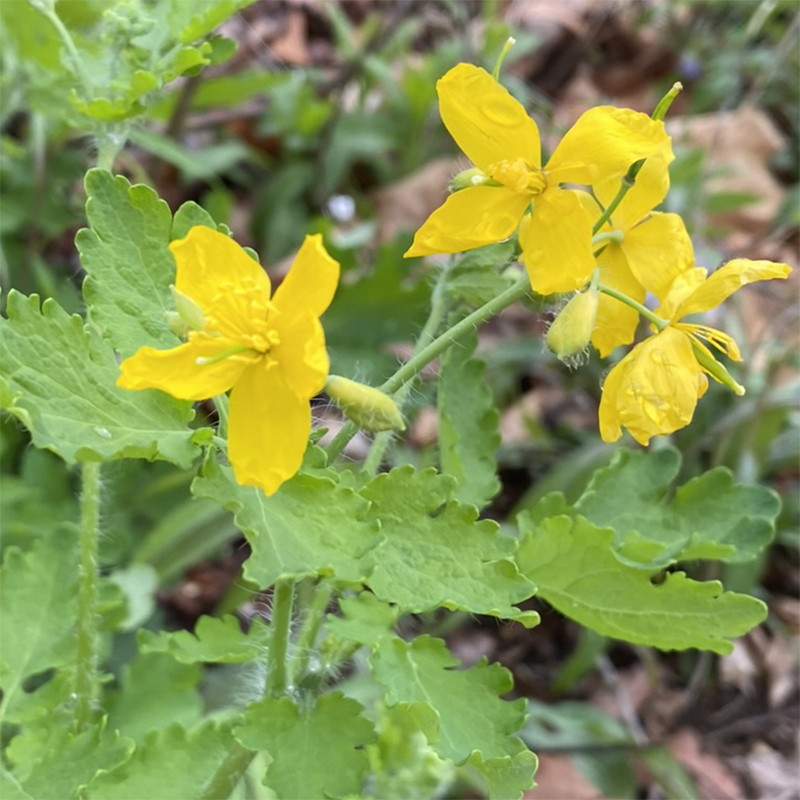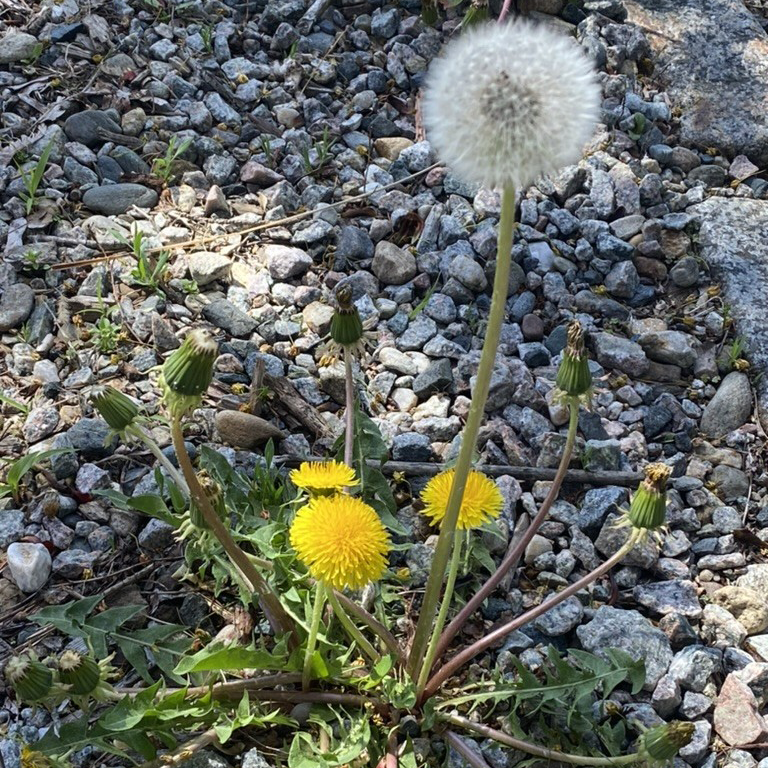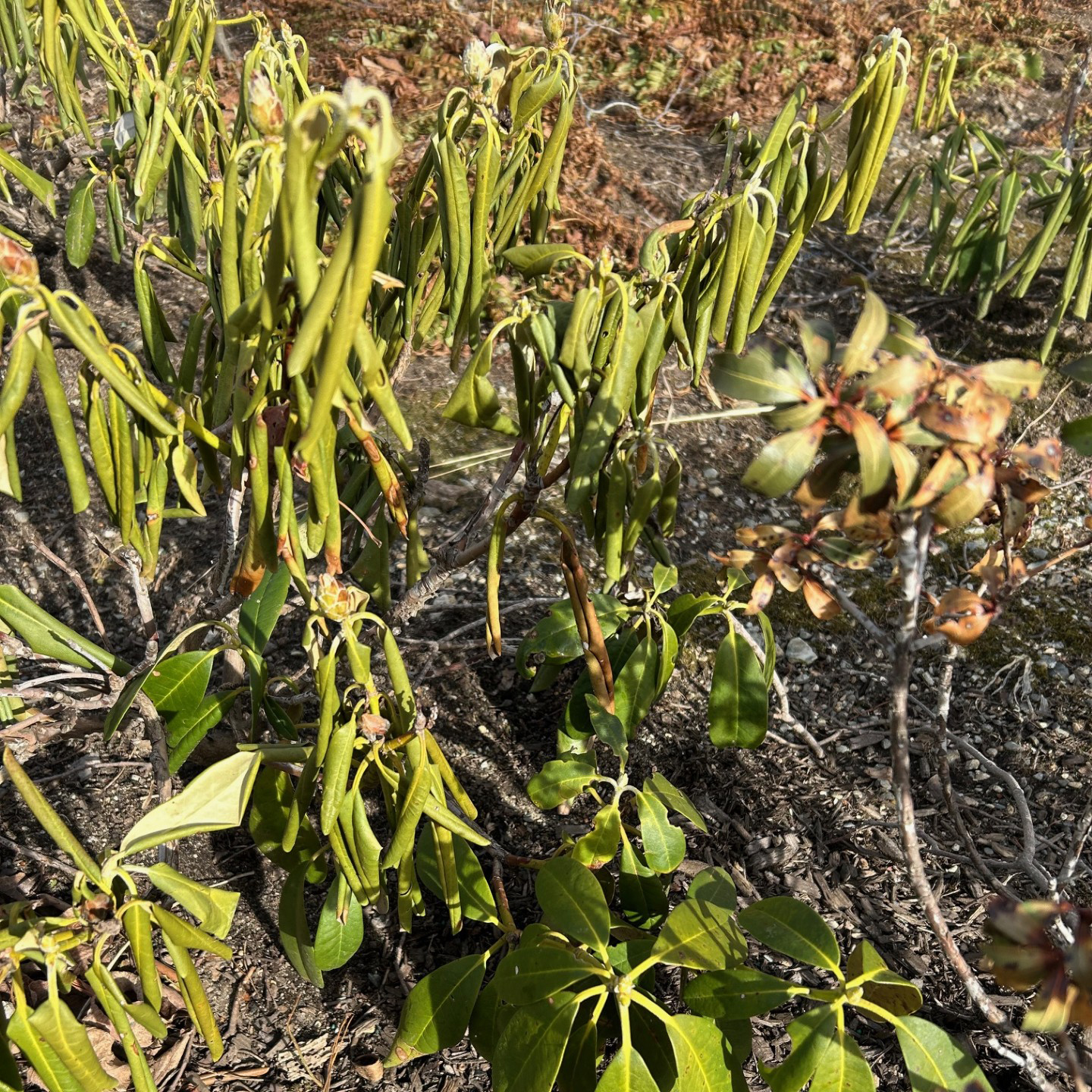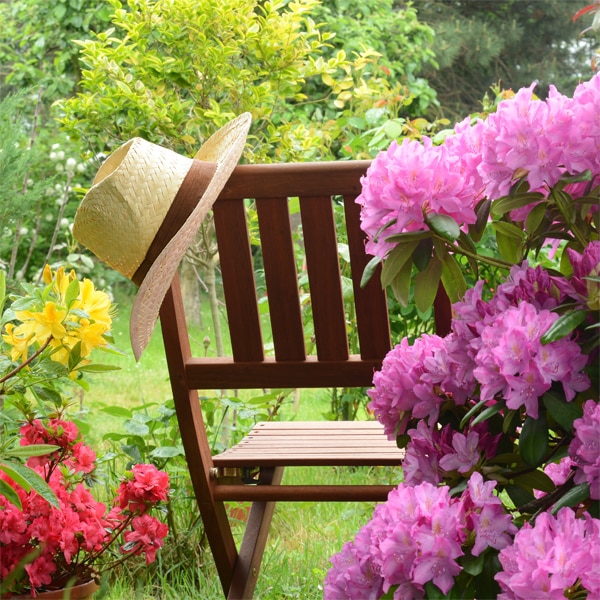
June is the ideal time to manage many gardening maintenance tasks: the weather’s not as oppressive as midsummer, plants are in full growth having recovered from winter’s challenges, and a full season of growing time is still to come.
Transplant & Divide
Plants still consider June to be springtime, so it’s a fine time to plant trees, shrubs, and flowers; incorporating compost, peat moss, and organics in the soil helps roots establish rapidly. There’s still time to move some woody plants to another location; ask experts at your garden center if you are in doubt about details. Ornamental grasses, daylilies, Hosta, phlox, and many other late-spring flowering perennials can be divided now with plenty of growing time remaining to re-establish. Re-seed bare lawn areas. Re-sow (and thin-out) direct-sown vegetables as appropriate for the crop.
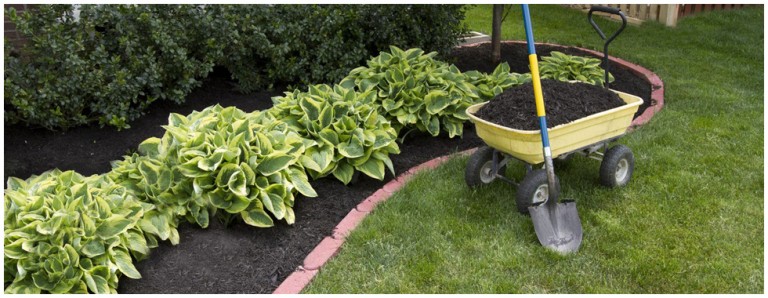
Fertilizing & Pest Management
Fertilizing newly installed woody plants is not recommended, but plants growing in pots need to have supplemental nutrients applied periodically. Garden annuals and vegetables need feeding to optimize production. Watch for insect activity and treat accordingly. Diseases like mildew, leaf spot, and root rot should be managed before they proliferate; if you think there’s a problem, bring samples or images so the experts at your local garden center can diagnose the situation and make recommendations. Using a lawn fertilizing and pest management program may be helpful, depending upon how you use the area.
Watering & Weeding
To assure they establish properly, new plantings need to have water applied to their roots several times a week for the first month, and then weekly until the ground freezes.
Mulching conserves soil moisture, helps reduce weed germination and supports beneficial organisms.
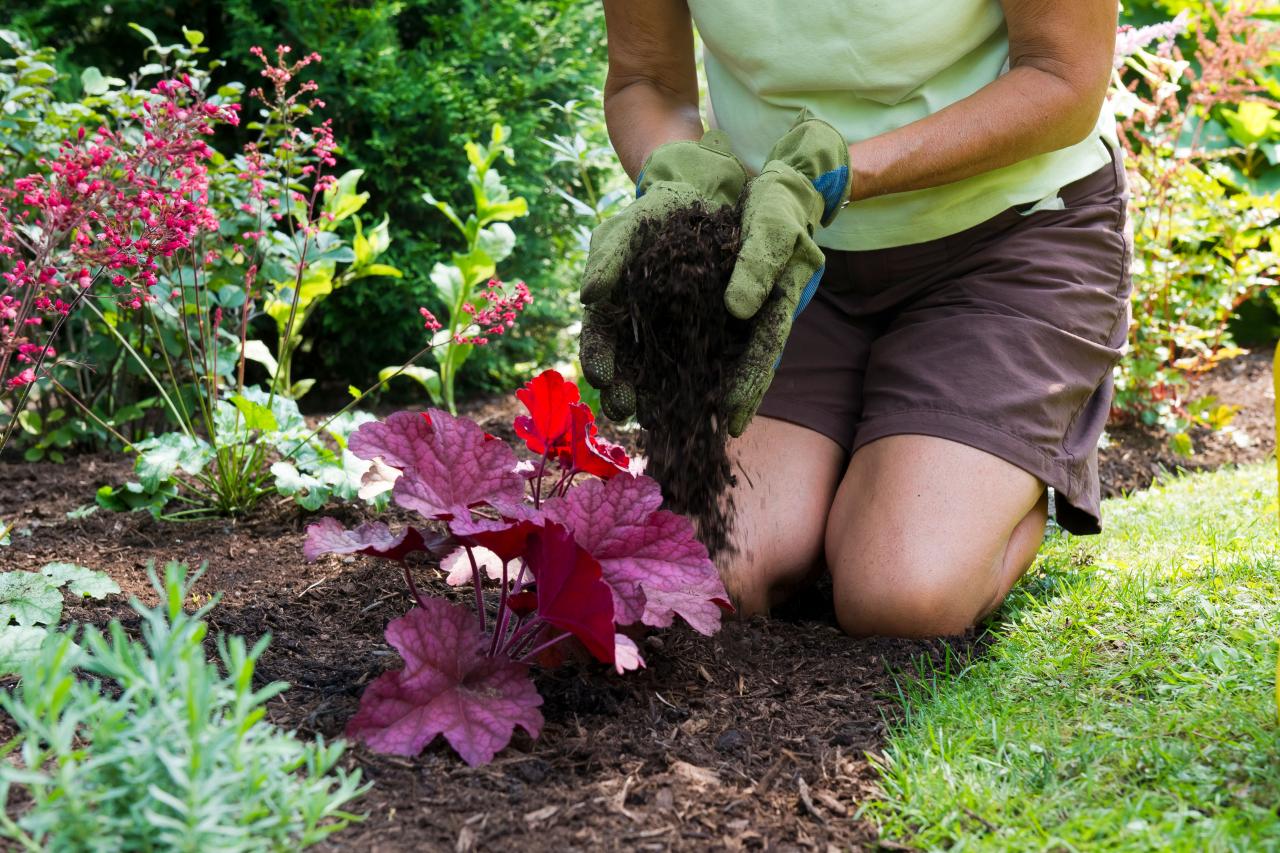
Lawns need adequate moisture to maintain their vigor.
Vegetable gardens should be fully planted and starting to produce for your table—keep them watered, weeded, and healthy. Plants growing in pots need to be consistently watered as their soil dries and before they start to wilt.
Pruning, Shearing, Staking, Deadheading
Now that new growth is apparent, it’s time to remove dead and extra branches from woody shrubs and trees. Most herbaceous plants, roses, and woody plants like hydrangea are sending up new shoots; remove last year’s dead branches. Stake-up climbing plants, annuals and vegetables, and thin, extraneous branches. Mow lawns less severely as warmer weather increases.

If you want to control the size of evergreens like pines and spruce, it’s OK to cut back about half of the new growth “candles” now. Shear denser-growing evergreens like boxwood, holly, yew, arborvitae, and juniper with hedge shears to shape them and reduce size. Flowering plants like rhododendrons, azaleas, lilacs, and wisteria should be pruned as they finish blooming. Twist-off spent rhododendron flowers to avoid energy-expending (and unsightly) seed production and encourage more new growth.
Enjoy
Now that the warmer weather has arrived, take a few minutes to sit and relax on a garden bench, and appreciate all that nature and your personal gardening efforts have produced!
About the Author
Wayne R. Mezitt is a 3rd generation nurseryman, a Massachusetts Certified Horticulturist, now chairman of Weston Nurseries of Hopkinton, Chelmsford & Hingham MA, and owner of “Hort-Sense”, a horticultural advisory business. He currently serves in various capacities on several horticulturally-related organizations, including the Massachusetts Horticultural Society at The Gardens at Elm Bank in Wellesley MA, and chairman for the Massachusetts Invasive Plant Advisory Group (MIPAG).


